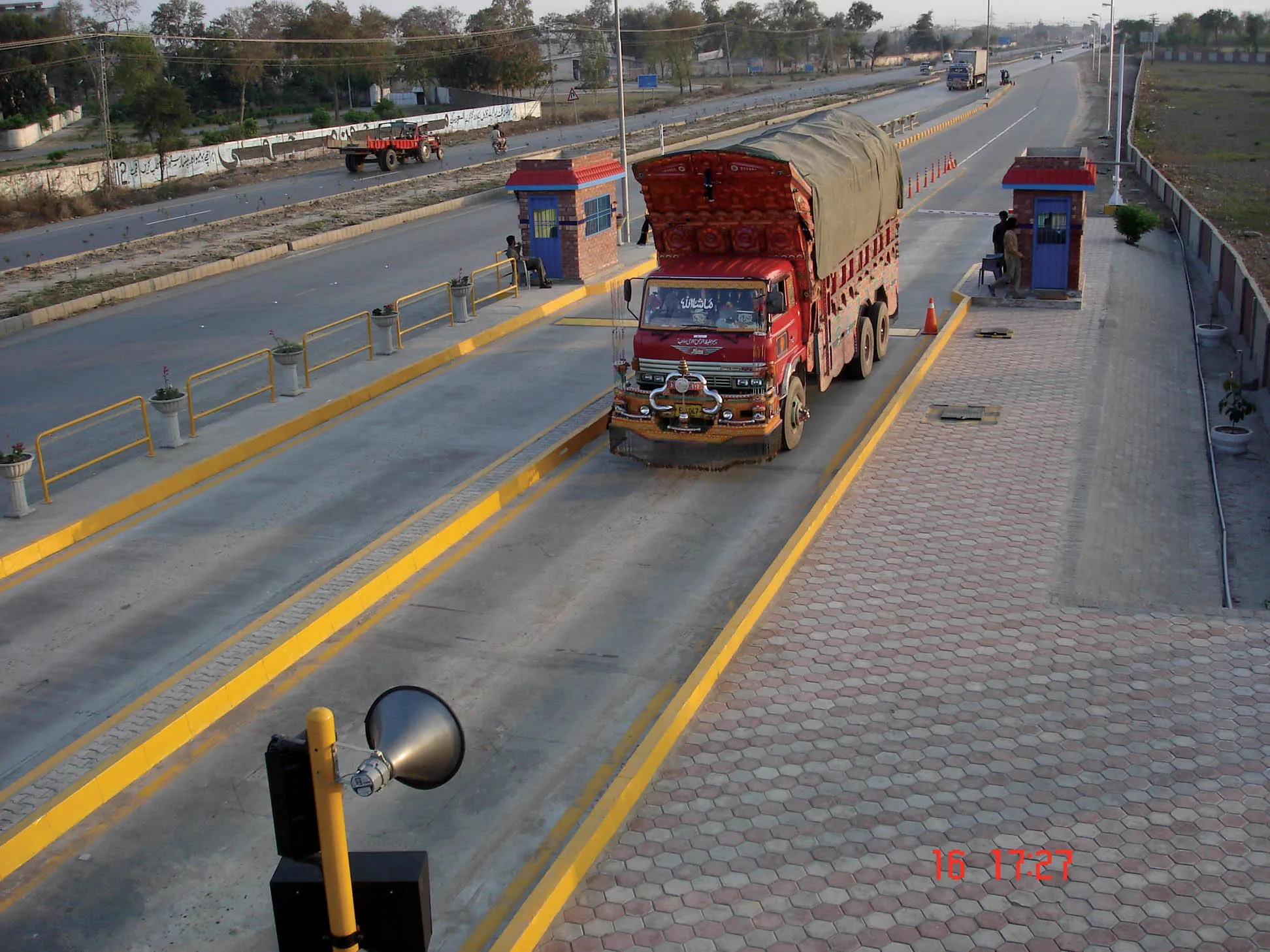
The pavement engineering firm
Dynatest said its FastFWD Model 8012, which was on display at the Transportation Research Board annual meeting in Washington DC this past January, is five times faster than the previous model.
The FastFWD Model 8012 collects 75% more test points per hour. This means that it can have approximately 45% less traffic exposure. The previous FWD Model 8000 is upgradable to the FastFWD 8012 specification.
The FastFWD patented electro-mechanical system removes the use of hydraulics, making onsite maintenance easy as well as reducing overall maintenance and service costs However, it has the same sensor setup and user interface as previous FWD models so no major training of operators is needed. The FastFWD is available as a trailer- or truck-mounted version and meets all FWD standards worldwide.
The FastFWD applies a dynamic load that simulates the loading of a moving wheel. The pavement response is analysed with Dynatest's ELMOD (Evaluation of Layer Moduli and Overlay Design) software to determine the elastic moduli, stresses and strains of each modelled layer. ELMOD reports the weakest layer of failure, residual life and determines the optimum rehabilitation alternatives.









